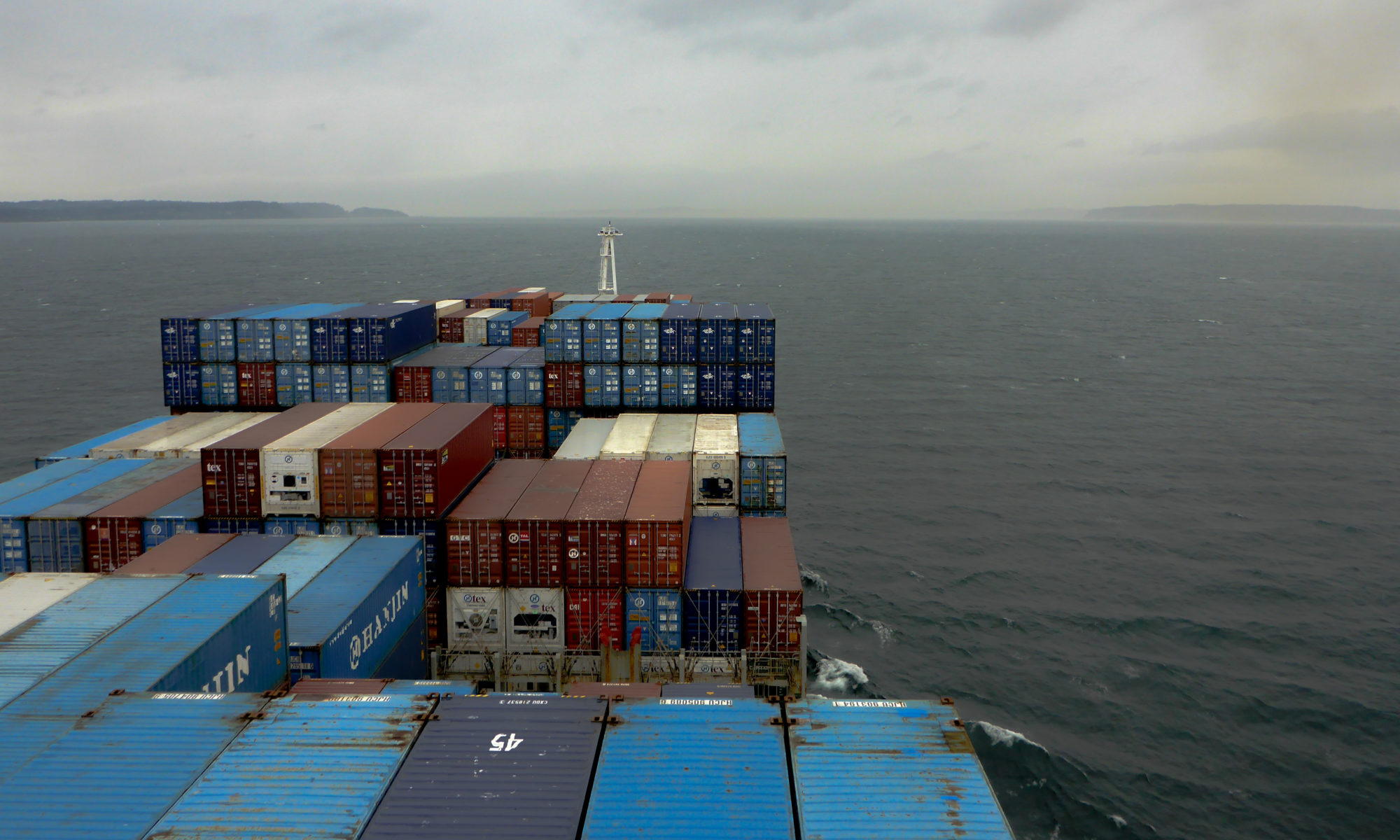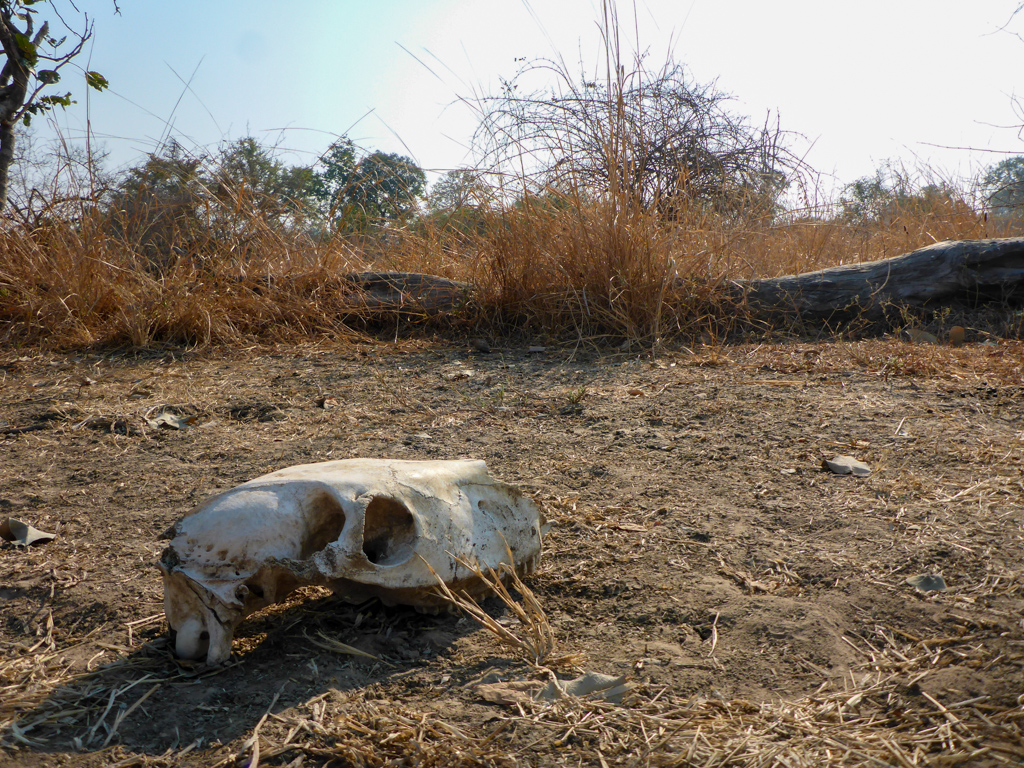I know, I know… it’s been a long time since the last Africa update. We had just finished up in Malawi, and headed south to Zambia for some sweet safari action. Spoilers: it turns out you take a lot of photos on a safari.
Over the last few months, I gathered all my photos from every camera, phone and memory card into one place and imported them to Adobe Lightroom. These photos cover the rest of our trip: everything from Zambia through South Africa. There were 10,979 photos in this import. 3,554 are from just the week between Malawi and our second day of safari in Zambia. I’ve narrowed it down to around 90.
Needless to say, I have a lot more pictures than words for the next few posts.
When we last left our heroes, they were just finishing up saying farewell to new friends in Nhakata Bay, Malawi. The next morning, we met up with another traveler from Germany named Julie a little after 6:00 AM to walk to town and catch a bus to Lilongwe, Malawi. She ran into some problems gathering her gear and waiting for the office cashier to open up, so Dave and I did what comes naturally to blokes like us and went on ahead.
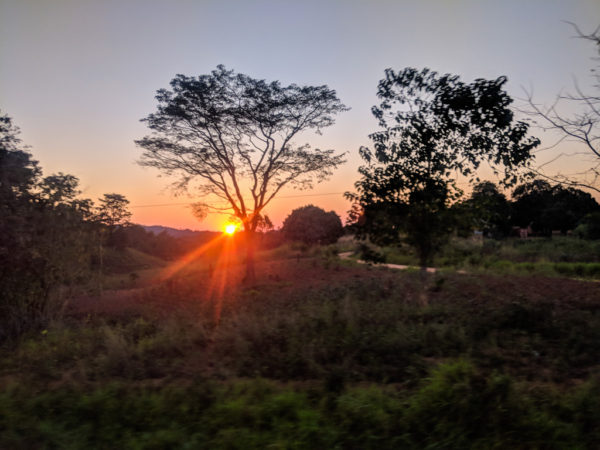
Once in town, we spotted a coach to Lilongwe and stepped aboard to ask about the rate. It was acceptable to us, and we took our seats. The bus was empty except for us, so we were a little surprised when the doors closed and it pulled away. We felt bad for Julie, but there wasn’t anything we could do about it. As we progressed south along the lake, the bus slowly gathered more passengers until eventually Dave and I were smashed together on the bench seat. We tore down the road, taking sharp turns at breakneck speed. You can imagine our surprise when Julie boarded at one of our gas stops!
All in, it took about 11 hours to get to Lilongwe. Thankfully, the bus station was right around the corner from our hotel. We topped up our cash for the border, bought a few beers, had dinner, and went to bed for a short sleep.
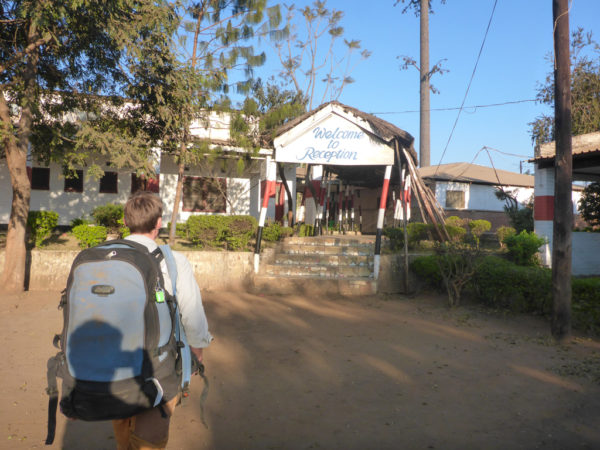
Breakfast wasn’t available as expected, so we finished off our street food and walked to the station in the early morning hours. We were happy to find a minibus packed and ready to go.
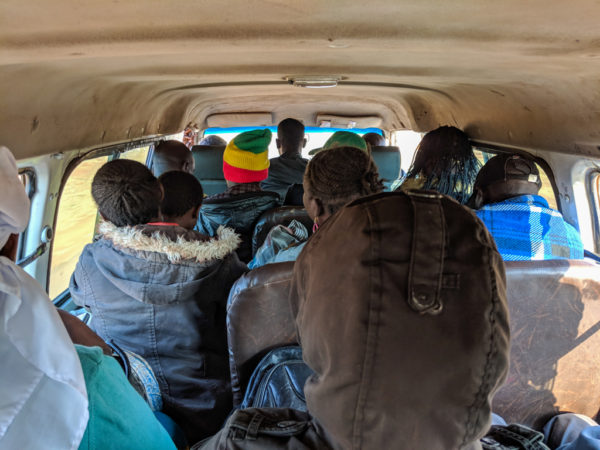
It wasn’t just full of people, though: there was so much junk in the trunk it had to be tied shut with a length of rope. I had hot exhaust shooting up my back, forming a choking cloud around us. We persevered for about 2 hours until we were inexplicably switched to another minibus for the last 30 minutes to the border. The crossing itself was quick and easy: no papers, just a moderate amount of cash (even for the token American) for the visa. Of course the money changers were out in force and trying to offer nonsensical rates. We’d done our research in advance and talked our way to a pretty fair conversion. We exchanged $100 at this rate, and caught another guy trying to defraud us out of the rest. I can’t overstate how gratifying this was.
The punters then tried to get us into private taxis for a ridiculous sum, metaphorically trying to push us towards the car instead of negotiating. No dice: we got a great deal on a shared taxi all the way to our lodge in South Luangwa, Zambia. Thing is, we weren’t just sharing with people.
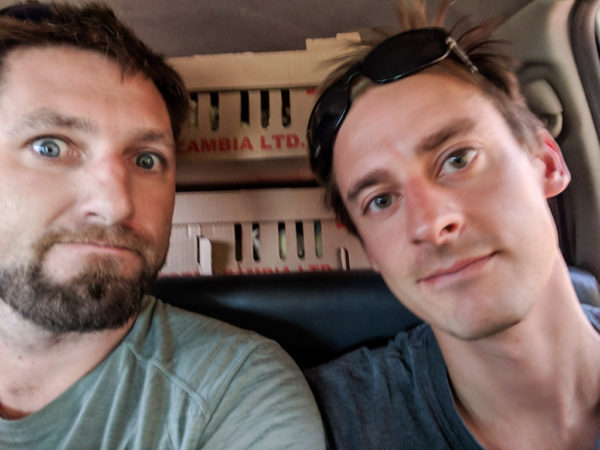
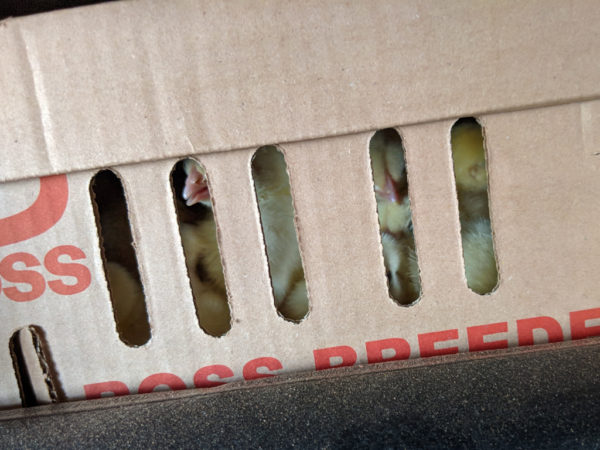
Arriving safely at the lodge, we retired to relax on the patio with the other guests.
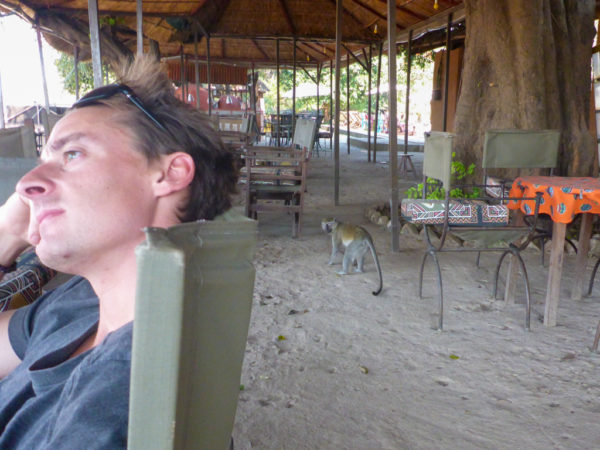
We woke up early for a 6:00 AM game/bush walk.
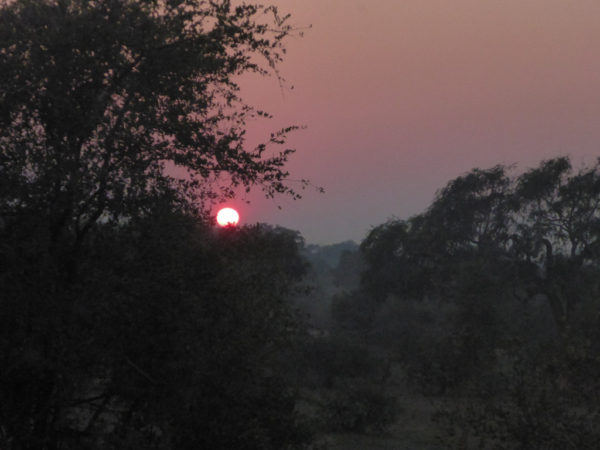
There were 4 of us, and a driver/guide to take us into the park. The park itself is massive, almost 10,000 square km. It was a bit of a drive to get the various groups in to a safe walking spot.
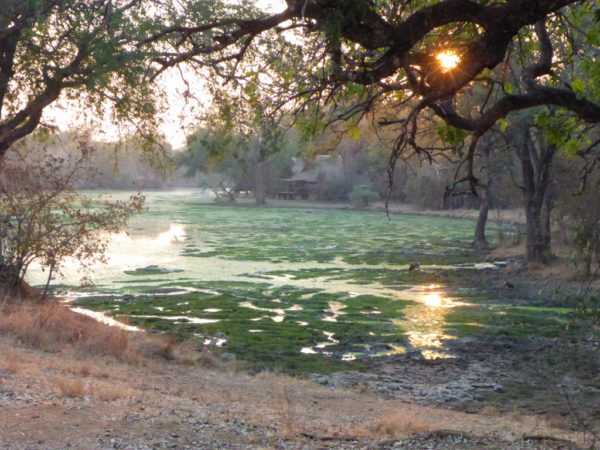
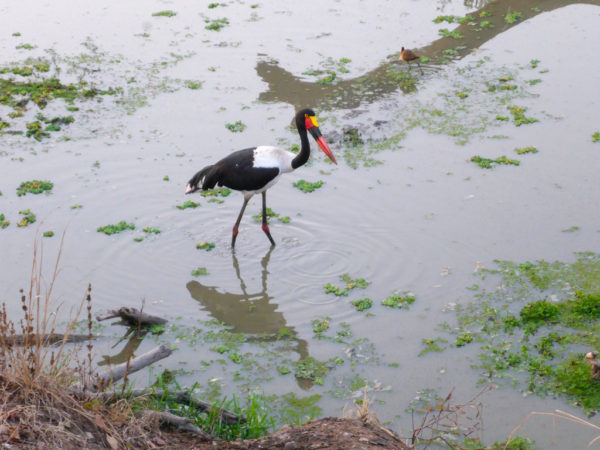
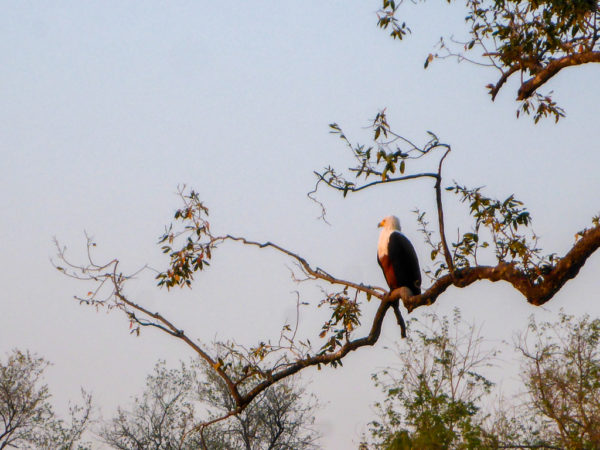
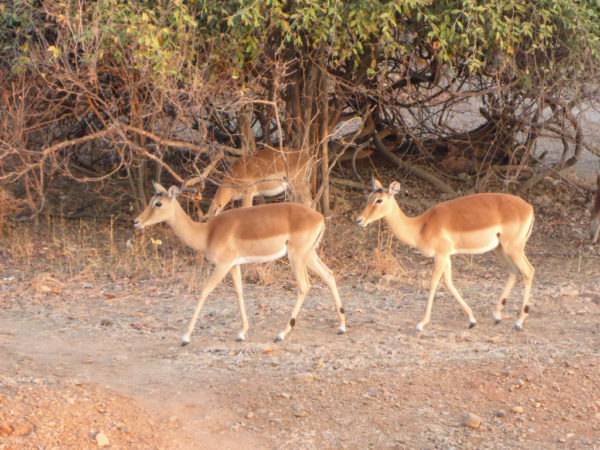
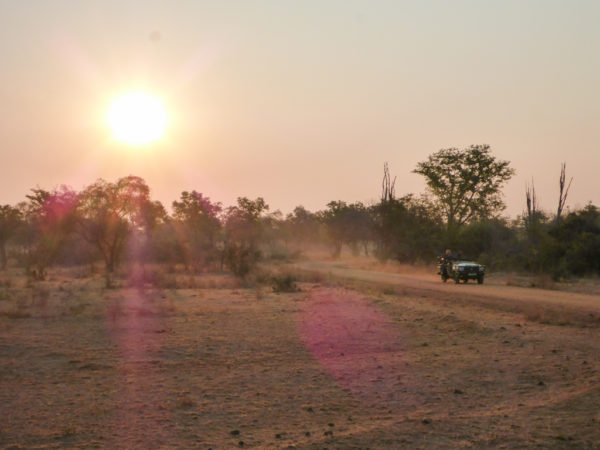
Arriving at a spot known to be far away from dangerous game, we started out on foot.
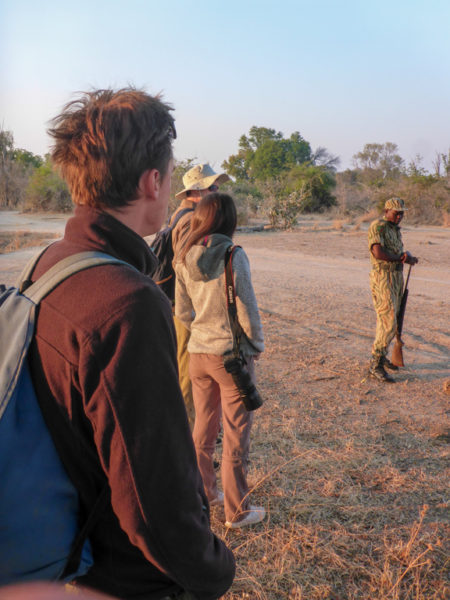

Our guide pointed out many of the techniques they use to understand and monitor the wildlife in the park. First, prints: you can see what’s around by the prints it leaves behind.
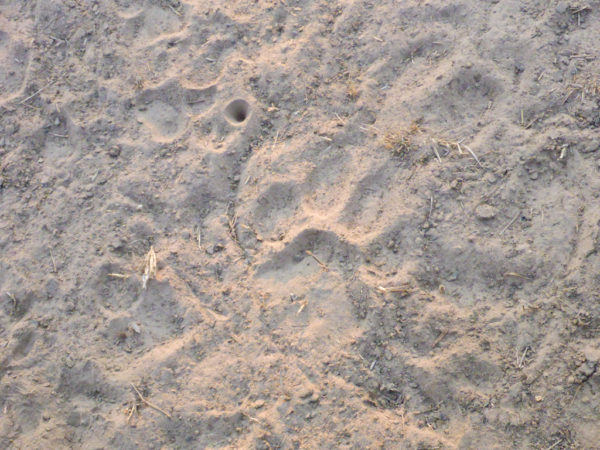
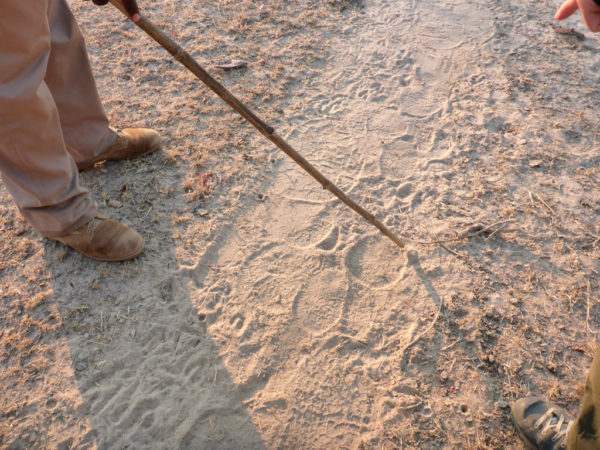
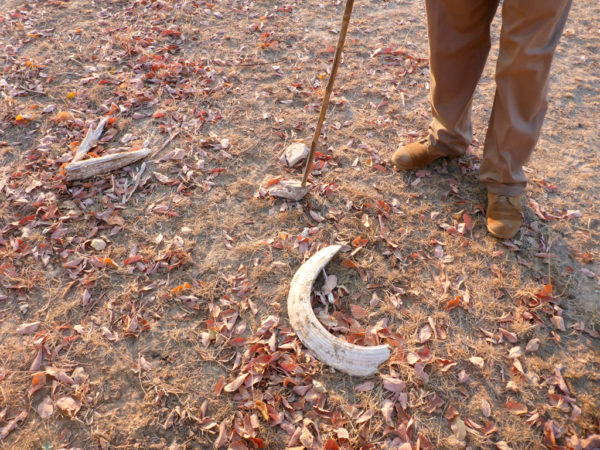
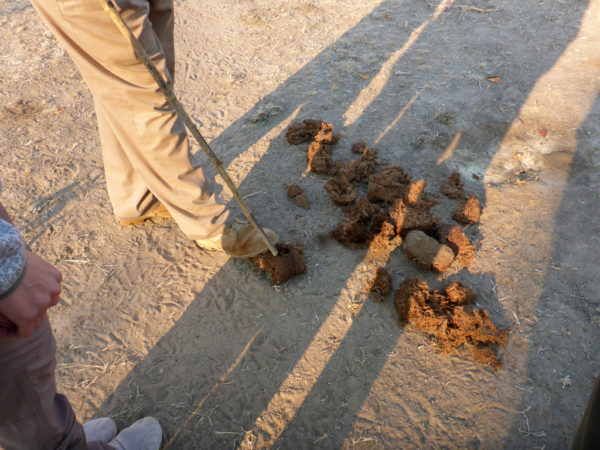
Some of the non-meaty locals are notable too.
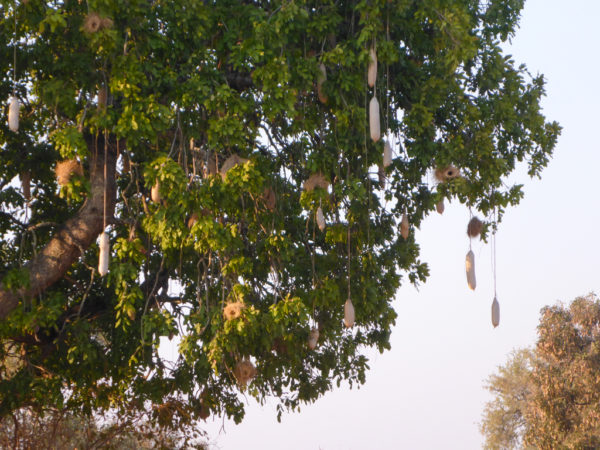
I’m not a morning person, but they can be pretty nice.
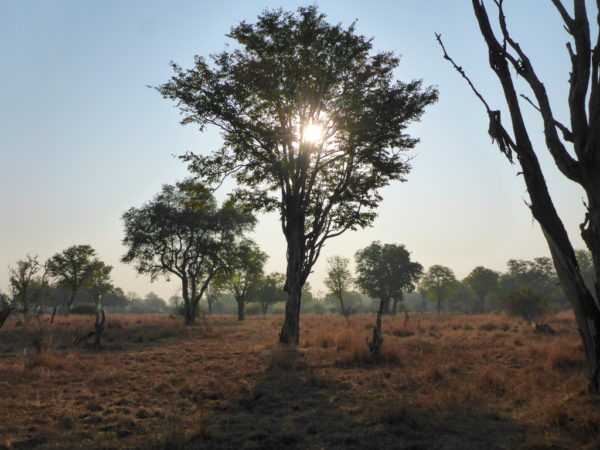

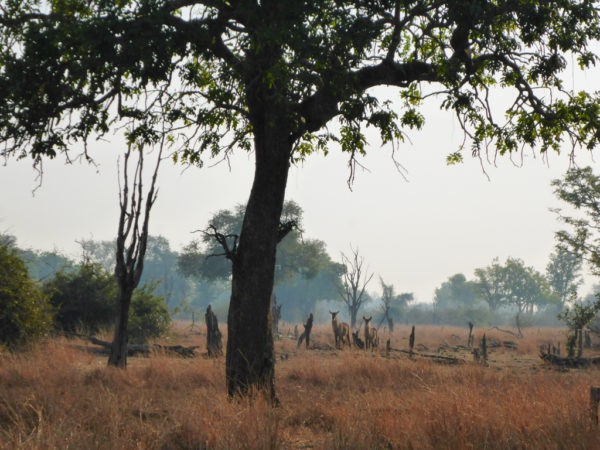
As we made our way through the park, it became pretty clear that half of the job of park ranger/wildlife guide is analyzing poop.
Some of it’s pretty normal-looking.
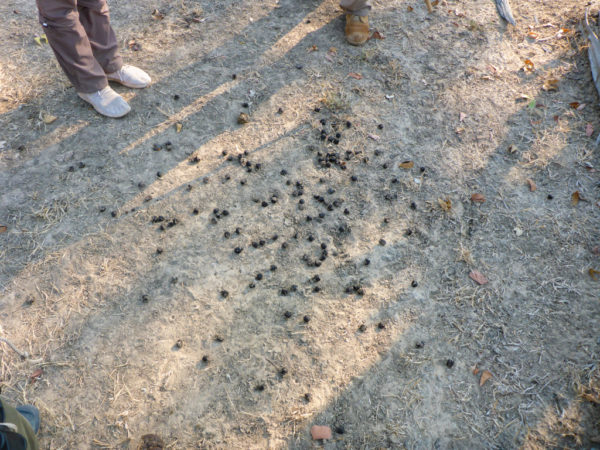
But some is extremely easy to identify.
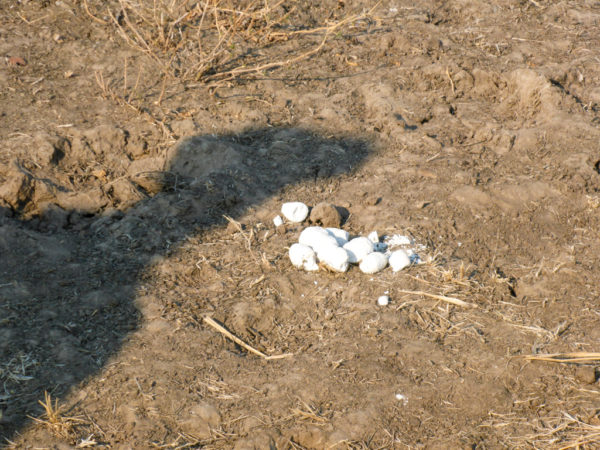
There were bones everywhere.
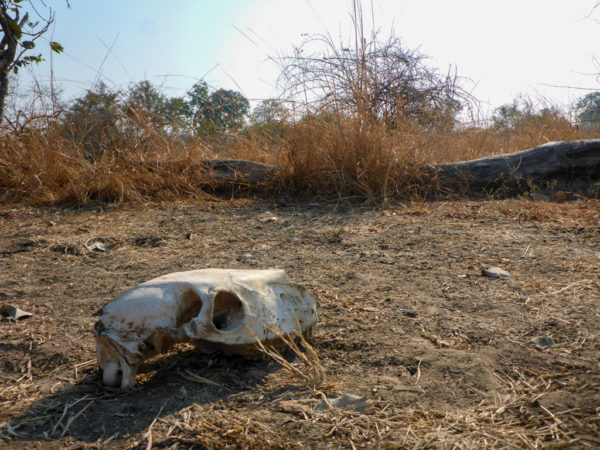

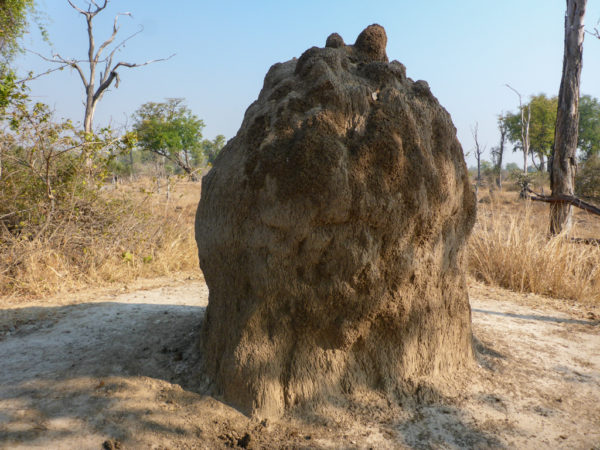

The hunter animals mark their territory with poop and urine. Depending on how fresh the droppings are, you can tell how far away the animal is.
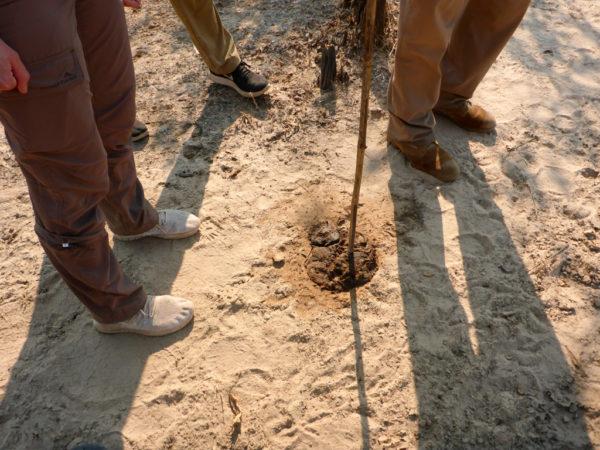
After the hike we still had an appetite, somehow.
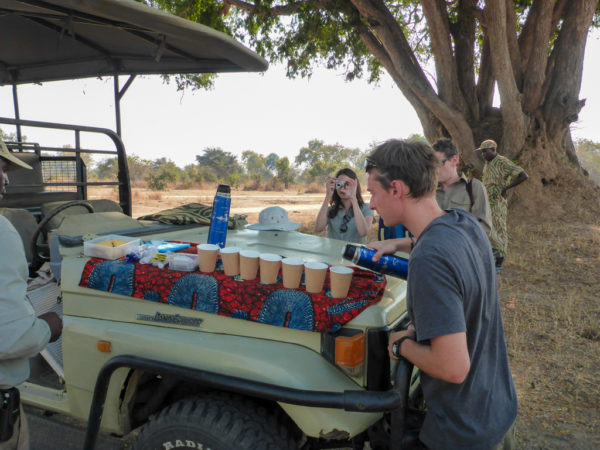
Next time: damn mother nature, you gruesome
